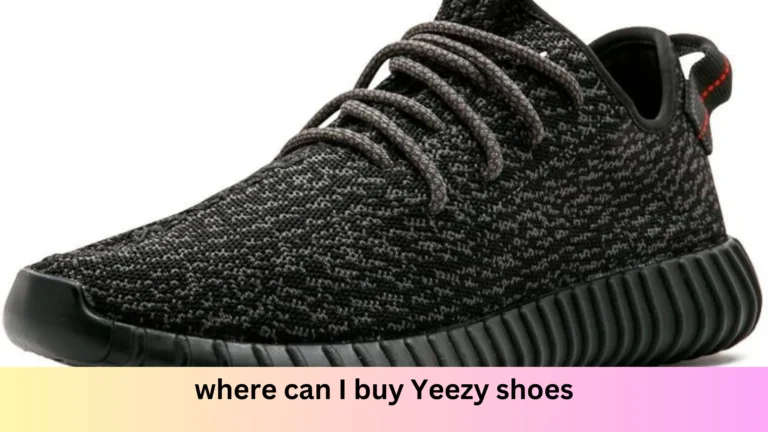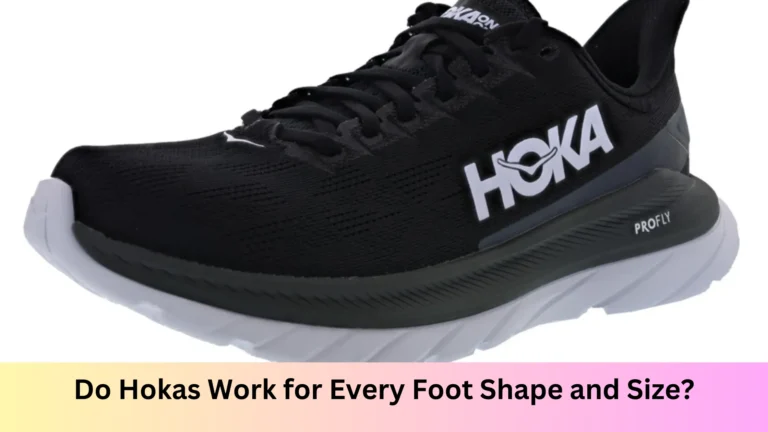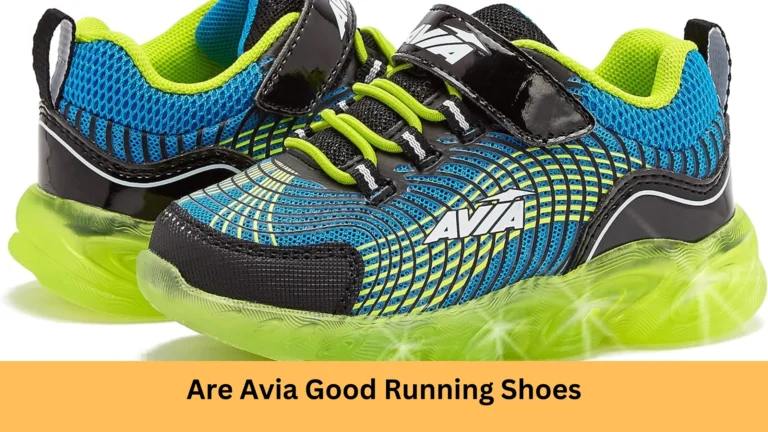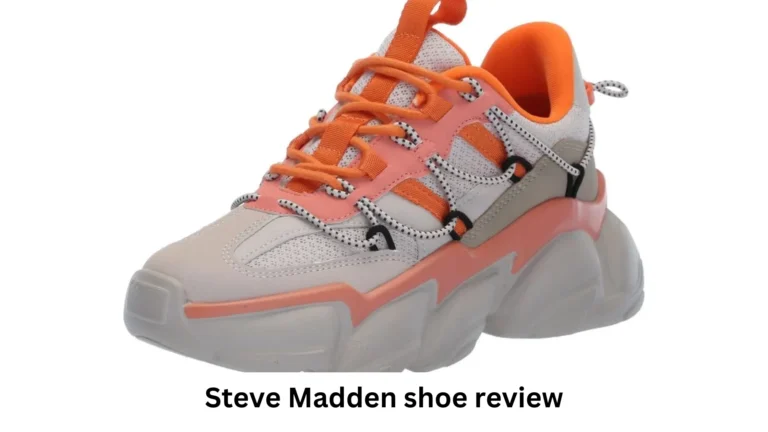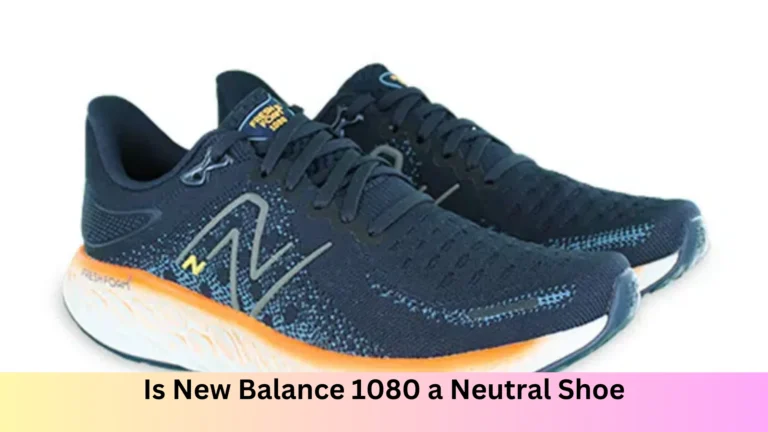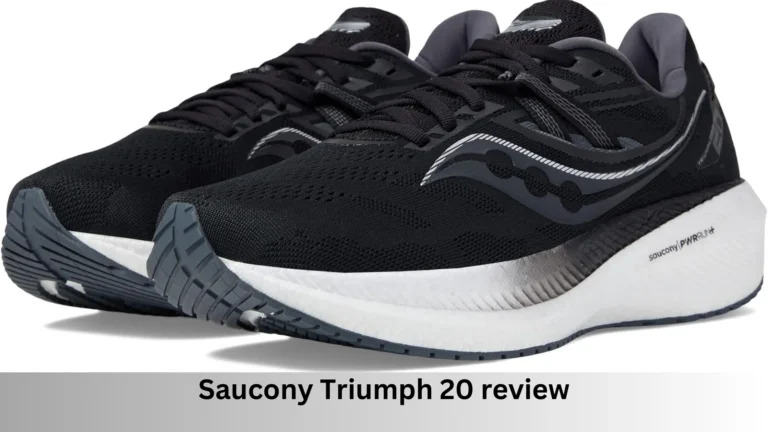
When it comes to buying running shoes, the biggest question that pops up is: Should you go up or down a size? It’s a tricky decision, but the right fit can make or break your running experience. A good pair of running shoes should feel like a reliable running buddy — there to support you, keep you comfortable, and not rub you the wrong way (literally). Let’s dive into this topic and figure out if you should be sizing up or down when it comes to your running shoes.
Why the Right Fit is Super Important
We’re not talking about squeezing into skinny jeans here. The fit of your running shoes matters more than most people realize. Think about it: you’re on your feet for miles, pounding the pavement (or treadmill, trail, or wherever), and your feet need to be happy. An ill-fitting shoe can cause blisters, black toenails (yes, that’s a thing), and even serious injuries. The right size can make you feel like you’re running on clouds; the wrong size? More like running on Lego bricks. Ouch.
A well-fitting running shoe will:
- Give your arches the love and support they need.
- Keep your foot from sliding around, which helps prevent nasty blisters.
- Protect your feet from all that impact when you’re pounding the ground.
- Let you run comfortably without changing how you naturally move.

Why Some Runners Size Up
Let’s start with the size-up crowd. If you’re thinking, “But my shoe size has always been the same, why would I go up?”—hear me out. There are a few reasons why going up half a size (or even a full size) might be a game-changer for you:
1. Foot Swelling is Real
You might not realize it, but your feet swell when you run. They’re like little balloons, expanding as the blood starts pumping and the heat builds up. Going up a size can give your feet that extra room they need to expand. Think of it like giving your feet some breathing space, so your toes aren’t smashing into the front of the shoe. No one wants to lose a toenail because they refuse to go up half a size.
2. Room for the Toes
Have you ever felt like your toes were crammed together, like sardines in a can? That’s because many running shoes have narrow toe boxes. If you like your toes to be free and happy, sizing up can help. You’ll have a little more wiggle room (literally), which can save you from those dreaded black toenails and blisters.
3. Long-Distance Runners, Take Note
If you’re clocking serious miles (we’re talking marathon or half-marathon territory), your feet are going to swell. It’s just a fact. Many long-distance runners opt for a shoe size that’s a little bigger than their usual everyday sneakers to avoid discomfort when their feet inevitably start to swell. It’s kind of like planning for your future foot size. Long runs = bigger feet.
4. Thick Socks, Anyone?
Do you wear thick, cushy running socks? If you do, you might want to go up a size to fit those in. Trying to squeeze thick socks into regular-sized shoes is like trying to fit a sleeping bag back into its case—nearly impossible and a little bit frustrating. Extra room for those plush socks can save your feet from unnecessary squishing.
5. Not All Brands Are Created Equal
Here’s the thing: different shoe brands have different sizing standards. Some brands, like Nike, tend to run a little smaller, while others like Hoka or New Balance have more space. So, if you’re switching brands, it’s worth considering going up a size to make sure your new shoes aren’t too snug. It’s like dating; not every brand will be your perfect fit, but with a little trial and error, you’ll find your match.
Read Also: Can You Rock Running Shoes with Jeans? Style Guide + Expert Tips
Why Some Runners Size Down
Surprisingly, some runners prefer to go down a size. Yes, it sounds crazy, but there are reasons why a snugger shoe might be better for some people.
1. Say No to Heel Slippage
If your shoes are too big, your heel might slip out when you run. This can feel like trying to run in flip-flops—awkward, uncomfortable, and inefficient. A smaller size can keep your heel locked in place, giving you more stability and avoiding the annoying (and blister-inducing) heel slip.
2. Snug Midfoot Fit
Some runners, especially those with narrower feet, feel better with a tighter fit in the midfoot area. A smaller shoe can give you that snug feel, so your foot isn’t sliding around inside the shoe. Think of it like a nice, cozy hug for your arches.
3. Personal Preference
Some runners just like their shoes tight. They feel more in control and connected to the ground. It’s like wearing skinny jeans instead of sweatpants—you just feel a bit more put together. If you prefer feeling snug in your shoes, sizing down might work for you.
4. Shoes That Stretch
Certain running shoes, especially those made from mesh or softer materials, tend to stretch out as you break them in. If you know a shoe is likely to stretch, you might go down a size, so it doesn’t become too loose after a few runs. Just be careful with this strategy because not every shoe will stretch the way you hope.
How to Measure Your Feet (Properly)
So, how do you know which way to go? First, you’ve got to measure your feet right. It’s easy, but a few tricks can make all the difference.
1. Measure at the End of the Day
Your feet swell during the day (just like they do when running), so measuring at the end of the day gives you the most accurate size.
2. Use a Brannock Device
If you’re at a store, ask for a Brannock device (that weird metal foot-measuring tool). It will measure the length and width of your feet. And here’s a fun fact: most people have one foot that’s bigger than the other. Go with the size of your bigger foot.
3. Stand Up
Make sure you’re standing when you measure. Your feet spread out when you’re standing, so you want to account for that.
4. Check the Width
Some people have wide feet, some have narrow feet. Look for shoes that come in different widths to find a better fit. You might not need to size up if you can get a shoe that’s wider or narrower.
5. Do the Thumb Test
Once you’ve got the shoes on, check for about a thumb’s width of space between your longest toe and the end of the shoe. This helps ensure your toes won’t be squished while running.
Signs You Picked the Wrong Size
What if you’ve already bought your shoes and aren’t sure if they’re the right size? Here are some signs that you might need to reconsider your size choice:
Signs You Need to Go Up a Size:
- Your toes feel cramped or are hitting the front of the shoe.
- You’ve got black toenails (ouch!).
- Your feet go numb while running (a sign they’re too tight).
Signs You Need to Go Down a Size:
- Your heel slips out of the shoe.
- Your foot slides forward, especially downhill.
- There’s too much space in the toe box, and your feet are moving around too much.
So, Should You Go Up or Down?
Alright, so what’s the answer to this million-dollar question? Should you size up or down in running shoes? It all depends on your feet, your running habits, and what feels best to you.
- Go up a size if your feet swell, you wear thick socks, or your toes feel cramped in regular sizes.
- Consider sizing down if your feet are narrow, you hate heel slippage, or you like a snugger fit.
In the end, it’s all about balance. You want enough space for your feet to move, but not so much that your shoes feel like boats. When in doubt, try on multiple sizes, go for a test jog in-store, and trust what feels right for your feet.
And remember, your feet are the boss. Treat them well, and they’ll carry you through those miles with ease. Treat them poorly, and they’ll let you know… painfully.

Hello, I am Natasha Rose. I am the founder of the website Best Running Shoes. I am from California, USA. I am a professional shoe analyzer and an employee in a shoe showroom. I like to provide information about all types of shoes.
